(Editor’s note: In 2016, the Frist Center for the Visual Arts in Nashville, Tennessee, offered “Bellissima! The Italian Automotive Renaissance, 1945-1975,” an exhibition of classic cars in the setting of an art museum. Featured were the famed Bertone B.A.T. cars, 3-D studies in automotive artistry and aerodynamics. The exhibition fills various galleries, and in one of them was the 1946 Alfa Romeo 6C 2500 Speciale, a large and amazing convertible that I found to be absolutely stunning. This story, based on a recent news release from Alfa Romeo, celebrates another of the 6C 2500 vehicles, the one known as the Villa d’Este.)
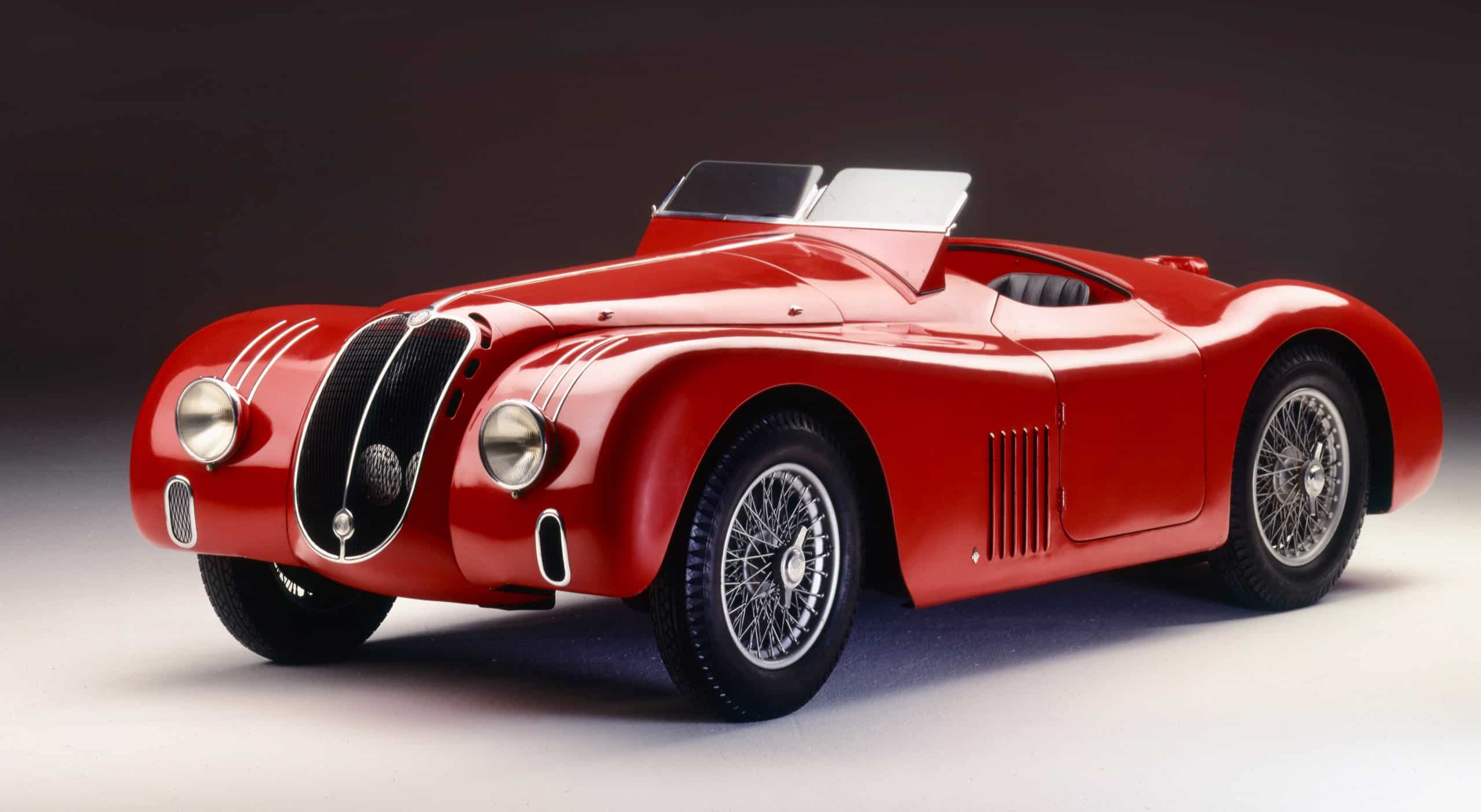
“The 6C Villa d’Este was a trailblazer in terms of elegance, technical innovations, performance and prestige,” Alfa Romeo says in its retro report on the car, which it calls “the most elegant synthesis of the motorcar… marking a transition from the era of the artisan to a more modern industrial organization.”
The 6C 2500 model was launched in 1939. The car’s development was led by Ugo Gobbato, an Italian who studied mechanical engineering at a university in Germany before being hired as the first director of Alfa’s Lingotto factory in Torino. He led the construction of Fiat facilities in Germany, Spain and the Soviet Union. He returned to Italy in 1933 and was appointed by the government to reorganize an Alfa Romeo company that was struggling financially. He also rebuilt Alfa factories destroyed during the war.
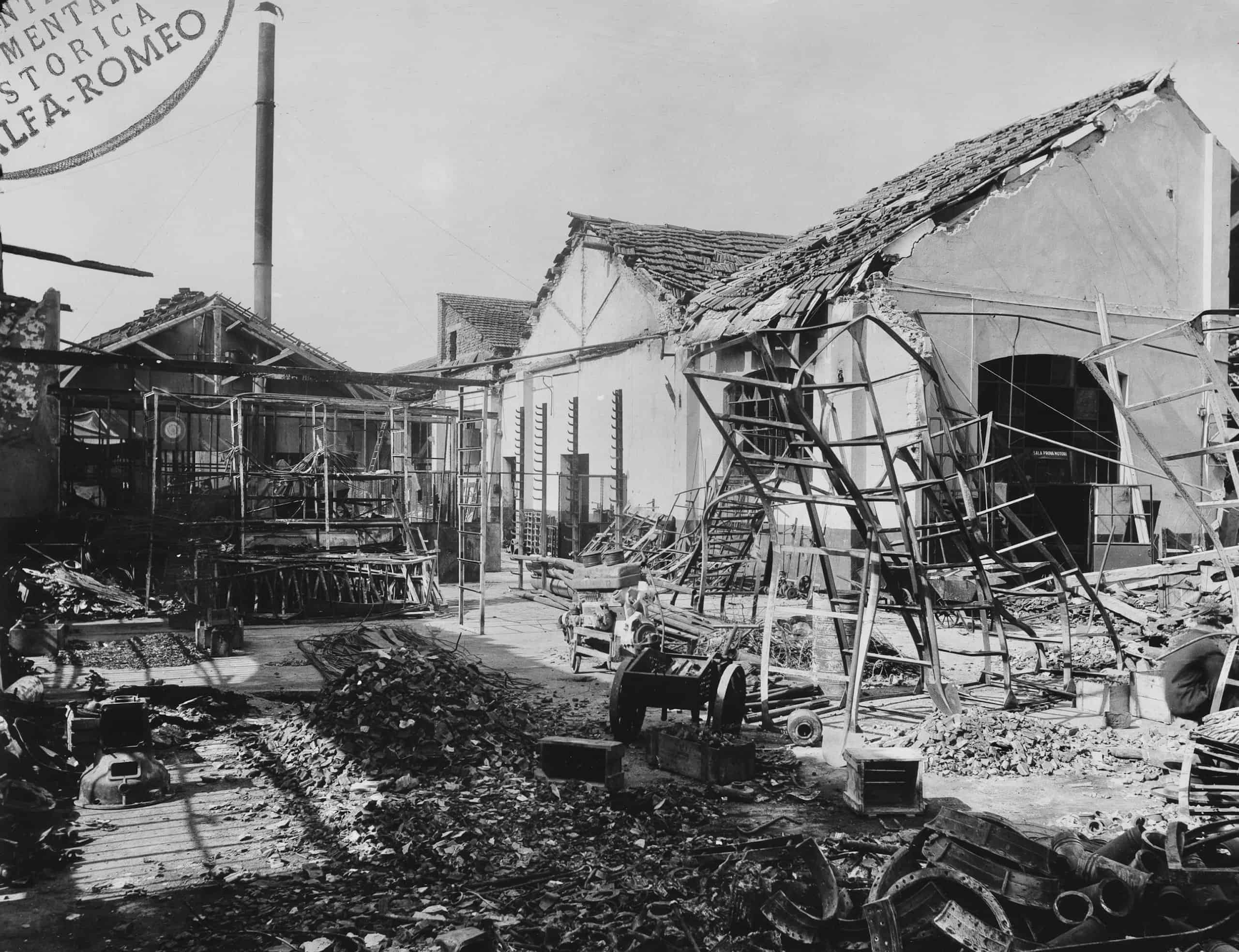
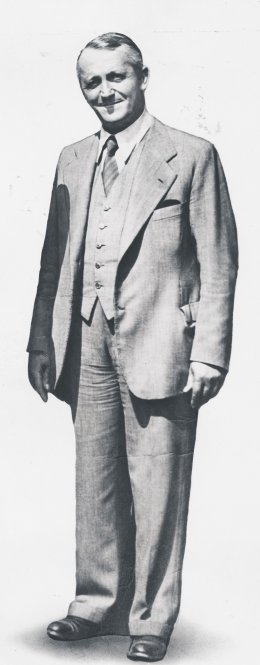
“A down-to-earth man who was at home in the workshops, Gobbato often chatted with his teams and always stubbornly tried to understand how to improve efficiency,” Alfa Romeo reports. “From his arrival, his first focus was on studying things that were substandard: faulty machinery, ‘a factory lacking harmony’ with too much ‘false movement of materials’.
“Based on this analytic diagnosis, Gobbato launched his cure. He expounded his methods in two manuals published in 1932, with the title ‘The organization of production factors.’ He devoted himself to theorizing and carrying out a well-planned synthesis between a modern manufacturing system and the tradition of artisan precision that had characterized Alfa Romeo until then.”
Gobbato’s goal was “rational production but not mass production” and he hired a generation of young engineers assigned precise responsibilities as they implemented new methods.
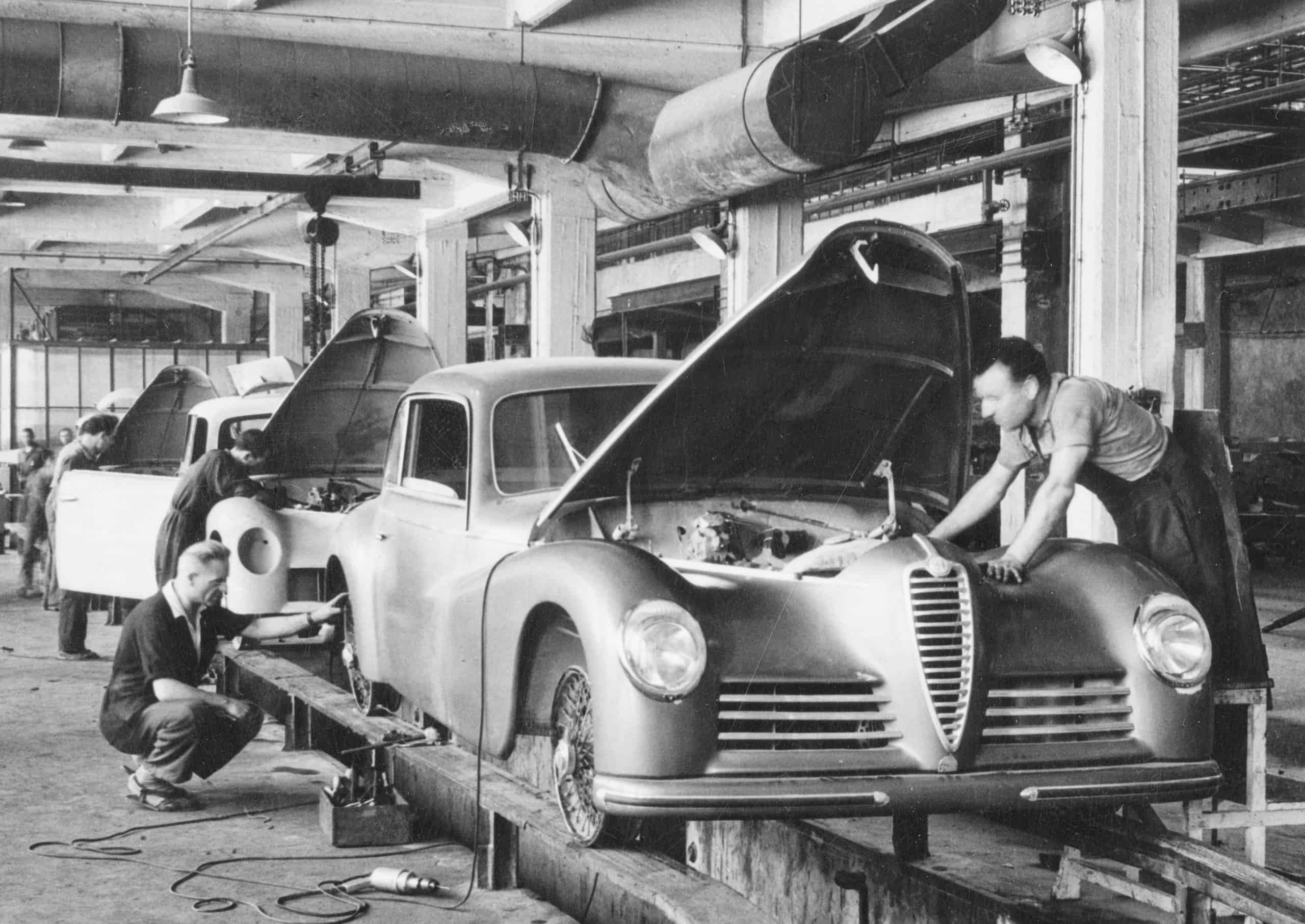
Although the Portello plant had been severely bombed in 1943 and 1944, 6C 2500 mechanical parts survived, enough that several new cars could be produced by Alfa engineers and technicians. In 1946, nearly 150 such cars were either finished at the factory or sent to coachbuilders.
Among those coachbuilders was Batista “Pinin” Farina, who wrapped the Alfa in a convertible body. Even though Italy was banned from the Paris Motor Show in 1946, Farina and his son, Sergio, driving a coachbuilt Lancia, arrived in Paris and parked the cars outside the Grand Palais during show hours and at the Place de L’Opera in the evenings. Their show of defiance drew worldwide media coverage of their cars.
Powerboat champion Achille Castoldi did much the same thing when he bought a Touring-bodied coupe and displayed it outside the Geneva Motor Show.
“Once again, the technical uniqueness of the model and its sporting successes became the key to attracting an elite clientele,” Alfa reports.
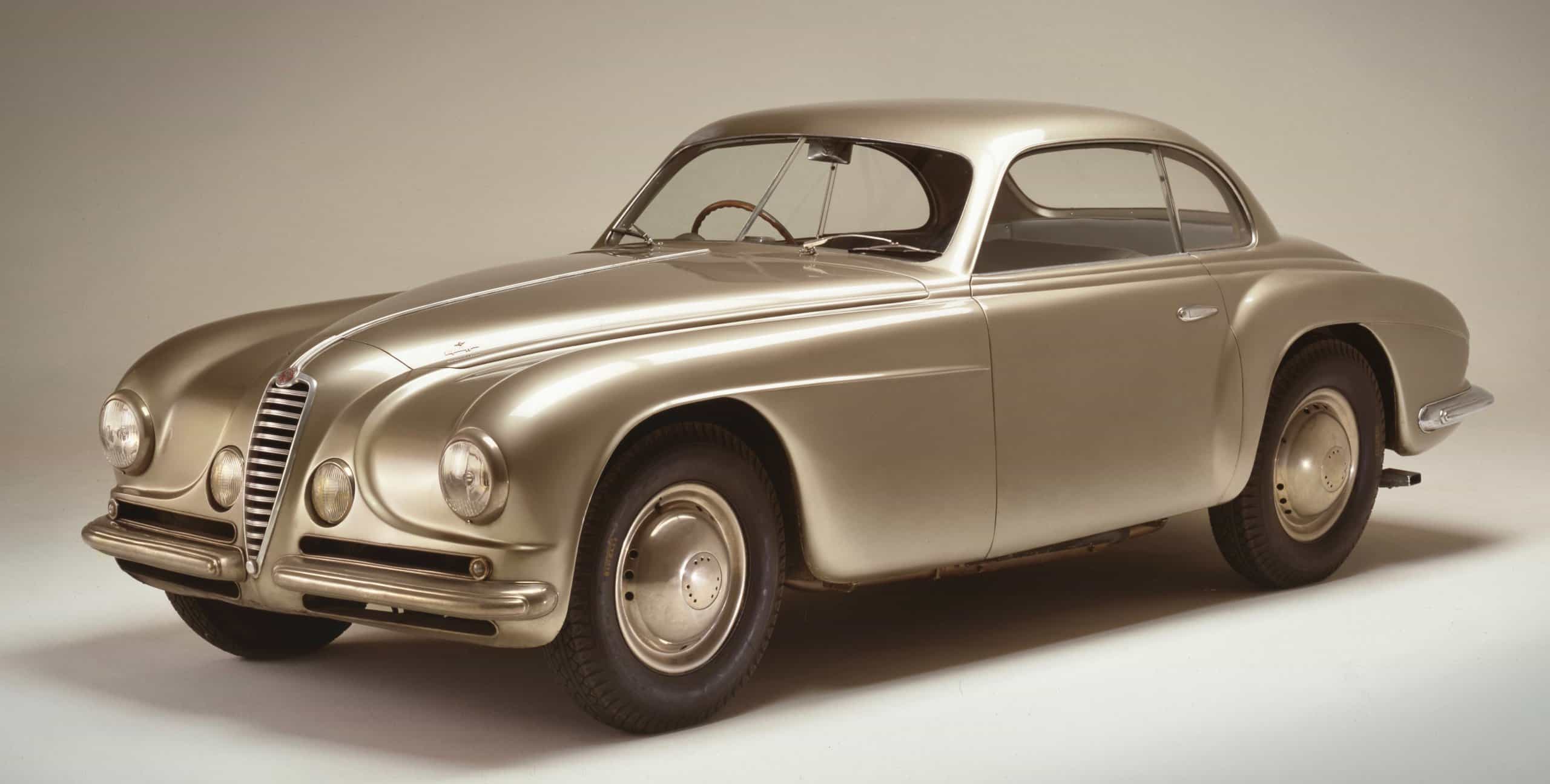
Among those buying 6C 2500s were actor Tyron Power and political leaders including Juan ad Evita Peron, Egypt’s King Farouk and Ranieri III of Monte Carlo. In 1949, Prince Ali Khan bought a 6C 2500 for his bride, actress Rita Hayworth, as a wedding present.
Another 1949 version, and one of the last produced, was the SS Coupe Villa d’Este, which earned that nickname when it won the Gold Cup at the prestigious concours d’elegance on the shores of Lake Como.
Departing from the 6C 2500 SS Coupé built by his own Touring coachbuilding company, Bianchi Anderloni introduced major changes. The front was redesigned with the four headlights better integrated within the bodywork, and two superimposed elongated cooling sockets were added. The wheel arches were integrated with the sides, but remained clearly visible. The windscreen was split in two parts and inclined. The back was very low and pronounced, with two small, elegant round headlights clearly visible.
“A masterpiece of twentieth-century motorcar art was born,” Alfa adds proudly.
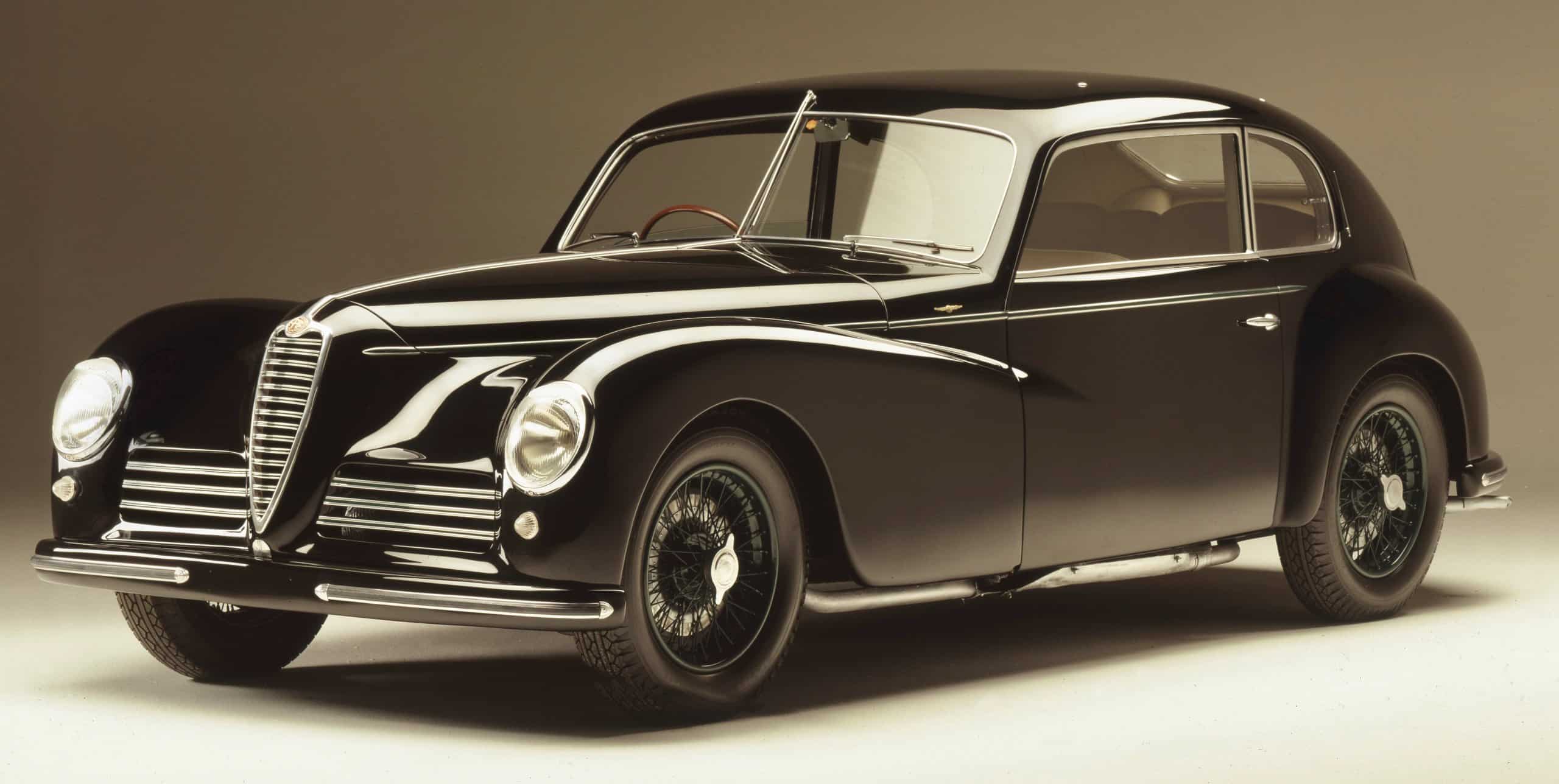






Tyrone Power